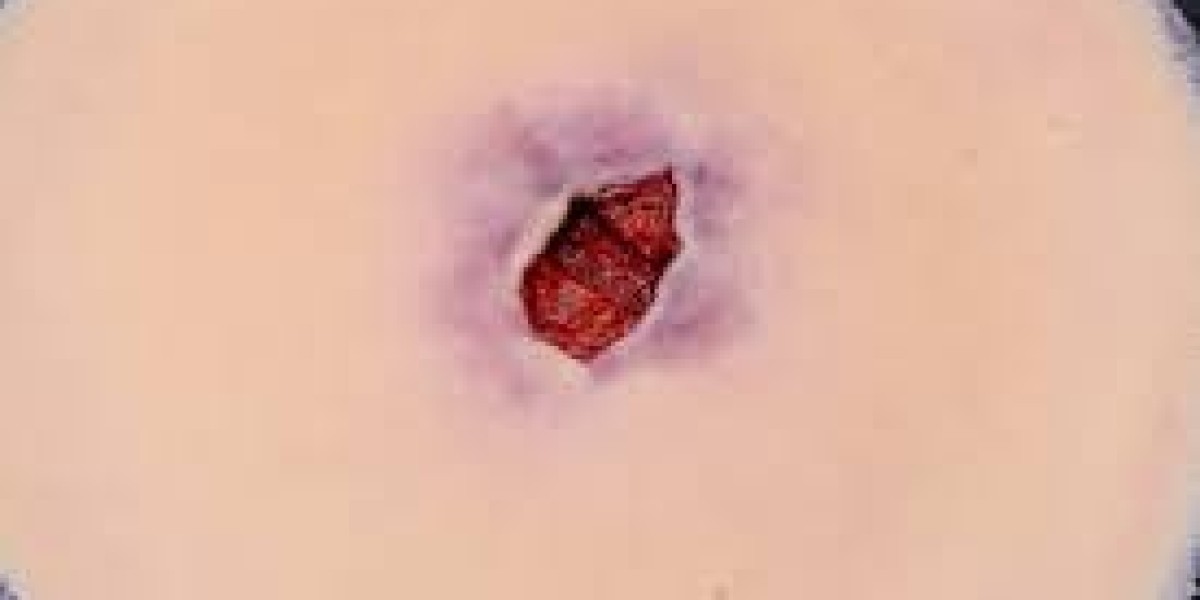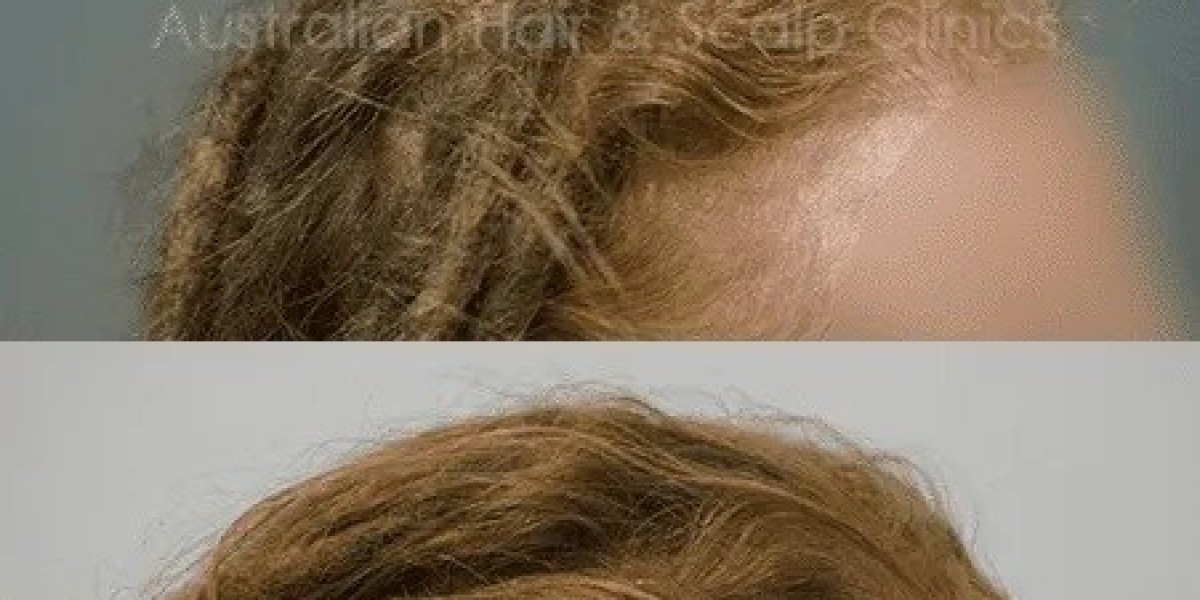Wound healing is a natural process that involves tissue repair, regeneration, and closure. However, when complications arise, wounds can become deep, irregular, and more difficult to manage. One of the most complex forms is the tunneling wound — a condition that requires advanced care and consistent medical attention.
In this article, we’ll explore what tunneling wounds are, why they form, how to identify them early, and the most effective tunneling wound treatment methods available today.
What Is a Tunneling Wound?
A tunneling wound is a type of deep wound that extends beneath the surface of the skin, forming narrow passageways through the underlying tissue. These tunnels can be short or long, straight or curved, and often connect different parts of the wound bed.
Unlike superficial wounds, tunneling wounds heal from the inside out. If the wound surface closes prematurely, it can trap infection, cause abscesses, or delay the healing process. Therefore, proper tunneling wound care is essential to prevent further tissue damage.
How Do Tunneling Wounds Form?
Tunneling wounds are typically a result of prolonged pressure, infection, or untreated chronic wounds. The most common causes of tunneling wounds include:
1. Pressure Ulcers (Bedsores)
When skin is exposed to continuous pressure, especially over bony areas, blood circulation is restricted. Over time, this causes tissue necrosis (death), leading to deep ulcers that can develop tunnels beneath the skin.
2. Chronic Infections
Untreated infections can destroy surrounding tissue, creating narrow pathways as bacteria spread. This often happens in wounds with poor drainage or inadequate cleaning.
3. Surgical or Traumatic Injuries
After surgery or an accident, wounds that do not heal properly or become infected can begin to tunnel below the visible surface.
4. Underlying Health Conditions
Conditions such as diabetes, vascular disease, and immune system disorders slow the body’s natural healing process, increasing the risk of wound tunneling.
5. Improper Wound Care Practices
Failing to clean and dress wounds properly, or using the wrong materials, can lead to trapped debris and bacteria — both of which contribute to tunneling.
Signs and Symptoms of a Tunneling Wound
Recognizing a tunneling wound early is key to successful healing. While the surface opening may appear small, the actual wound can extend deep under the skin.
Common signs include:
A visible hole or depression in the wound bed
Increased drainage or pus
Foul odor (a sign of infection)
Redness, swelling, or warmth around the wound
Pain or tenderness
Slow or stagnant healing progress
Healthcare professionals use sterile probes or imaging tools to assess the tunnel’s direction, depth, and extent before creating a personalized wound care plan.
Diagnosing a Tunneling Wound
Diagnosis involves a detailed examination by a wound care specialist or clinician trained in chronic wound management.
The process may include:
Visual inspection to identify the wound’s characteristics
Sterile probing to measure tunnel depth and width
Assessment of drainage (amount, color, odor)
Infection testing, including wound cultures
Imaging studies like ultrasound or MRI for deep or complex tunnels
This diagnostic process helps guide appropriate tunneling wound treatment and prevent mismanagement that could worsen the wound.
How Tunneling Wounds Are Treated
Treating a tunneling wound involves several coordinated steps that target both surface and deep tissue healing.
Here’s how healthcare professionals manage tunneling wounds effectively:
1. Cleaning and Irrigation
Wound cleaning is the first and most essential step in any tunneling wound care plan.
Saline or prescribed wound cleansers are used to flush out bacteria, debris, and dead cells.
This helps prevent infection and prepares the wound bed for healing. Cleaning should be done gently but thoroughly, ensuring all tunnels are irrigated properly.
2. Wound Debridement
Debridement refers to the removal of non-viable (dead) or infected tissue. This can be done through:
Mechanical debridement (using gauze or irrigation)
Autolytic debridement (using moisture-retaining dressings)
Enzymatic debridement (using special gels or ointments)
Surgical debridement (for severe or chronic wounds)
Removing dead tissue accelerates healing and prevents bacterial growth.
3. Wound Packing and Dressing
Wound packing is critical for tunneling wounds because it ensures the wound heals from the base outward.
Packing materials such as calcium alginate, foam, or hydrofiber dressings are placed gently inside the tunnels.
These dressings absorb drainage, maintain moisture balance, and prevent the outer wound from closing too early.
Packing should always be done by a trained wound care professional to avoid damaging healthy tissue.
4. Infection Control
Because tunneling wounds are deep, they have a high risk of infection.
Treatment often includes:
Topical antiseptics or antibiotic ointments
Oral antibiotics for systemic infections
Antimicrobial dressings (such as silver or iodine dressings)
Effective infection management is crucial to stop bacteria from spreading through the wound tunnels.
5. Advanced Wound Therapies
For chronic or slow-healing tunneling wounds, advanced wound care methods may be used.
Some effective options include:
Negative Pressure Wound Therapy (NPWT):
A vacuum-assisted system that draws out excess fluid, improves circulation, and stimulates tissue growth.Hyperbaric Oxygen Therapy (HBOT):
Involves breathing pure oxygen in a pressurized chamber to promote faster healing.Biologic dressings and growth factors:
Encourage new tissue formation and close deep wound tunnels.
These modern therapies have significantly improved outcomes for patients with complex or non-healing wounds.
6. Nutritional and Lifestyle Support
Healing requires energy and nutrients.
A diet rich in protein, zinc, vitamin C, and iron supports collagen production and immune response.
Patients should also:
Stay hydrated
Avoid smoking or alcohol
Manage underlying conditions such as diabetes or high blood pressure
Healthy habits directly influence the speed and quality of wound healing.
Preventing Tunneling Wounds
Prevention is always better than treatment. You can reduce the risk of tunneling wounds by following these tips:
Reposition frequently – especially for bedbound patients, change positions every 2 hours to prevent pressure ulcers.
Inspect skin daily – look for redness, irritation, or signs of pressure damage.
Keep wounds clean and dry – moisture balance is critical to avoid maceration.
Use pressure-relieving cushions or mattresses for those at high risk.
Follow all wound care instructions after surgeries or injuries.
Early intervention can prevent small wounds from developing into deeper, tunneling wounds.
When to See a Wound Care Specialist
You should consult a wound care specialist if:
The wound has not improved after 1–2 weeks
There’s foul-smelling drainage or increased pain
You notice tunneling, swelling, or warmth around the wound
You have diabetes or poor circulation
Specialists can perform advanced cleaning, apply modern dressings, and monitor progress using precise wound measurement tools.
Final Thoughts
A tunneling wound is more than just a deep cut — it’s a complex medical condition that requires patience, expertise, and proper care. With early diagnosis and a structured tunneling wound treatment plan, full recovery is possible.
Modern wound care techniques such as debridement, negative pressure wound therapy, and advanced dressings have transformed the way tunneling wounds heal.



